
How to Think: A Survival Guide for a World at Odds
This is a book that challenges how we think rather than a guide on how to think. In testing how we think we will likely naturally improve how we think. Alan Jacobs has written a book that will undoubtedly wake people up to thinking better yet as he regularly states in this book, “thinking is not easy.”
Jacobs summarises thinking beautifully at the end of this book – Thinking has no final destination, thinking should not be done in the hope of victory but instead in the hope of learning and getting closer to the truth.
It appears that how we think is typically based on the condition of our human experience. Shaped by culture, beliefs and even natural selection that has us seeking desires and avoiding aversion for survival. One way we do this is to become part of the “in” crowd. People who support and share our perspectives and the way we think will give us a greater sense of belonging. In belonging and coming together, we increase our chances of survival.
There is the issue that the novelty of modern society has influenced us to become less autonomous in our thoughts and how we think. “Groupthink” guides us much more. The ability to think alone is one argument that Jacobs suggests is impossible because thought is a consequence of our environment and experience.
To seek truth and detach ourselves from falling into the traps of external guidance and a lacking of autonomy is the ability to think about our thoughts. Don’t casually accept how you currently think as if it’s the best or fairest approach. Pause, breathe, rest, give yourself some time and try to understand why you feel this way. When we challenge ourselves in this manner, we can learn, and just maybe we will shift our perspectives – perspectives that will be more beneficial for our well-being and the moral well-being of others.
Throughout this book, Jacobs supplies plenty of stories, examples and research that illustrates why sometimes the way we think is skewed by the condition of self. One such example that he used was from something Malcolm Gladwell said in regards to rational thinking using an example from a basketball player, Wilt Chamberlain, career.
Gladwell found it irrational that while Chamberlain could successfully improve his play rates by underhanded free-throw, rather than typical free-throw – in which was regarded as a weakness of his, he didn’t. From this perspective, it does seem somewhat irrational. However, as Jacobs argues there is another perspective that Chamberlain later disclosed why he did so and that was for fear of being embarrassed and considered a sissy.
Why was this important? Chamberlain had other motives, at the time he was interested in having sex with as many women as possible. While his career is no doubt important, the primary goal may have been his sex tally. This perspective makes his decision not to throw underhanded look more rational.
It can be the danger of making assumptions that are only from one perceptive and usually not the perspective that is more prone to the truth of the behaviour or thought. There are many examples like this that Jacobs uses to highlights key point in regards to how best to think.
At the end of the book, there is an excellent two-page checklist for thinking. I liked that Jacobs added this. I think it helps you recap the critical points/messages that the author shares. And due to the abstract nature of his writing and many challenging insights, the checklist is appreciated.
In the modern day climate that we live I believe a book like this is valuable. I feel that as a society we have become less concerned with our ability to think. It appears we take what is as gospel and being that information clutters our lives this can cause confusion and misdirection in life. How do we escape the chaos? Learn to think and use thinking to seek truth and happiness.
If this book sounds of interest you can purchase How to Think: A Survival Guide for a World at Odds
here.
Please leave your thoughts, comments & questions below.
Peace, passion and purpose…
Other books that you may enjoy.
. . . .
Further Reading and Resources
TED Talks: Ideas worth spreading
Elite Daily: The Voice of Generation Y
Four Hour Work Week: How to escape the 9-5, live anywhere and join the new rich.
The Minimalists: How to pursue a minimalist lifestyle and be happier.
Mind Hacks: Tips and Tricks for Using Your Brain
Rich Roll: Plantpowered Wellness Advocate
The Art of Charm: Build confidence, feel comfortable and networking differently.
The Art of Manliness: Encouraging men to be better husbands, fathers, brothers, citizens.
Tiny Buddha: Simple wisdom for complex lives.
Mind Body Green: Lifestyle media brand dedicated to inspiring you to live your best life.
Zen Habits: Find simplicity and mindfulness in life.
Creative NonFiction: “true stories well told.”
Barking Up the Wrong Tree: science-based answers and expert insight on how to be awesome at life.
The Positivity Blog: Practical articles on happiness, self-esteem, productivity and social skills.
FIND YOUR HIDDEN WHY with THE HIDDEN WHY (THW)
BUILD YOUR LIFE AROUND YOUR PASSION AND LIVE WITH PURPOSE
Sign up for free below and receive cool stuff from me each week + Plus a free copy of “The Four Pillars of Success”
In my weekly emails you will receive ideas, thoughts, learning’s and inspiration on:
- How to design a life that you want and live by your terms
- How to live a life with passion & purpose
- Methods, strategies, & techniques on life hacks
- Messages on how to better live your life
- We will also keep you up to date with fantastic interviews from THW podcast
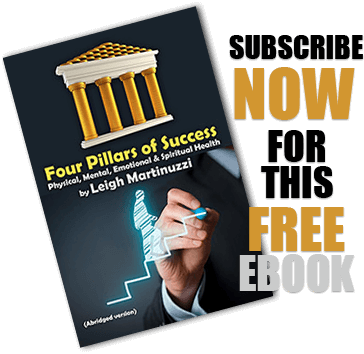



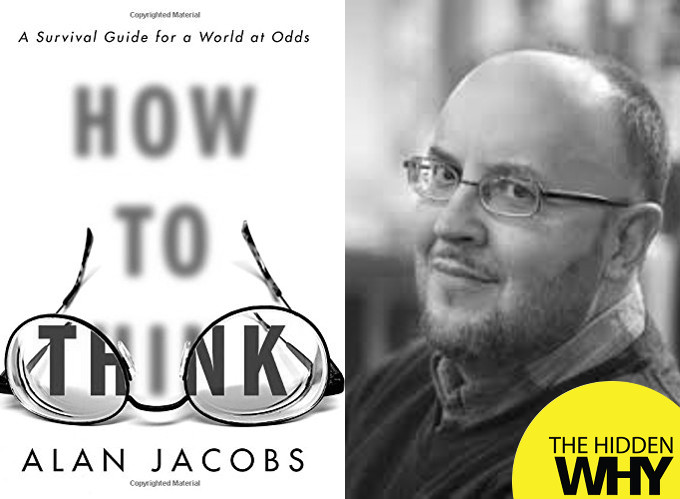
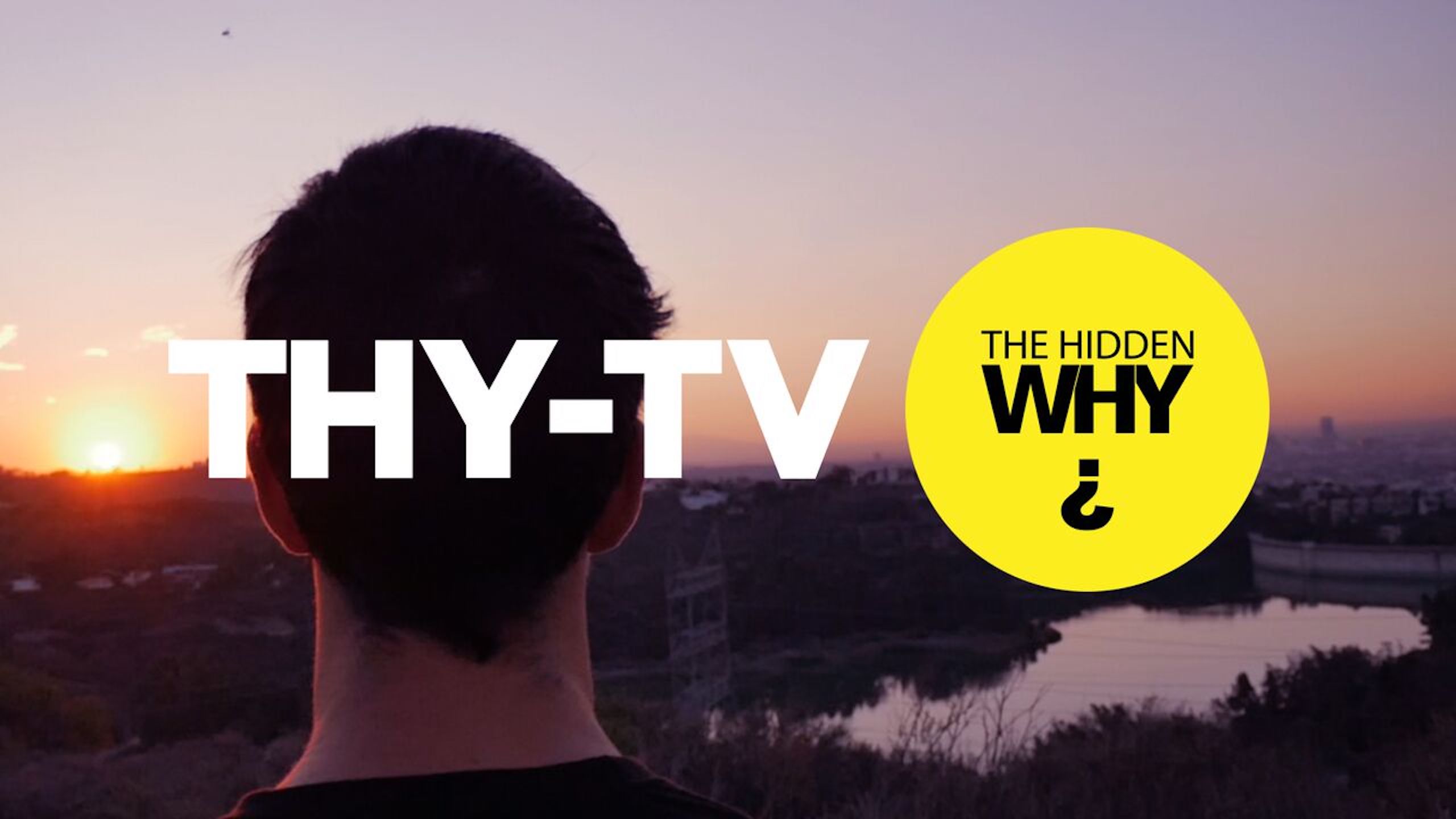
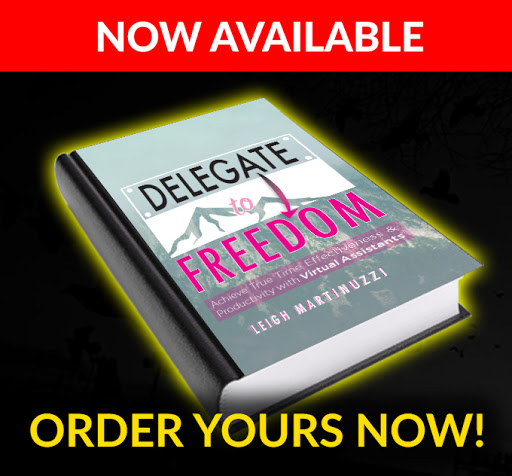

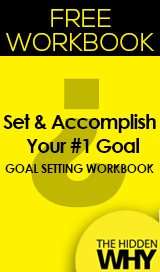


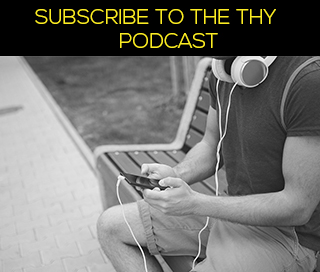
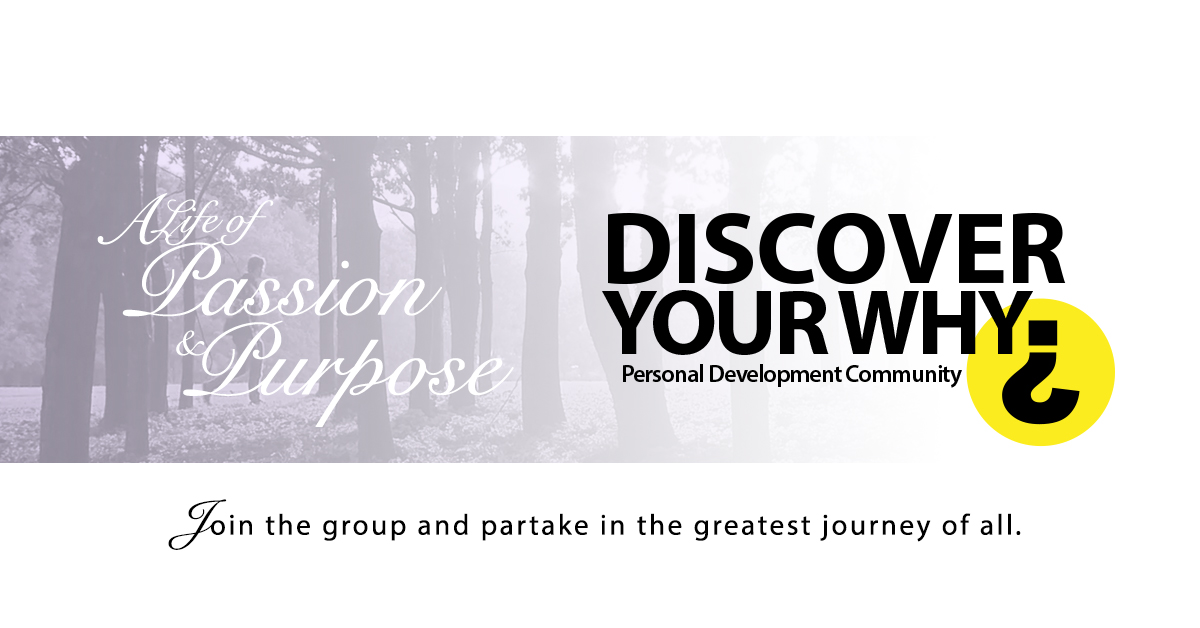
Leave a Reply